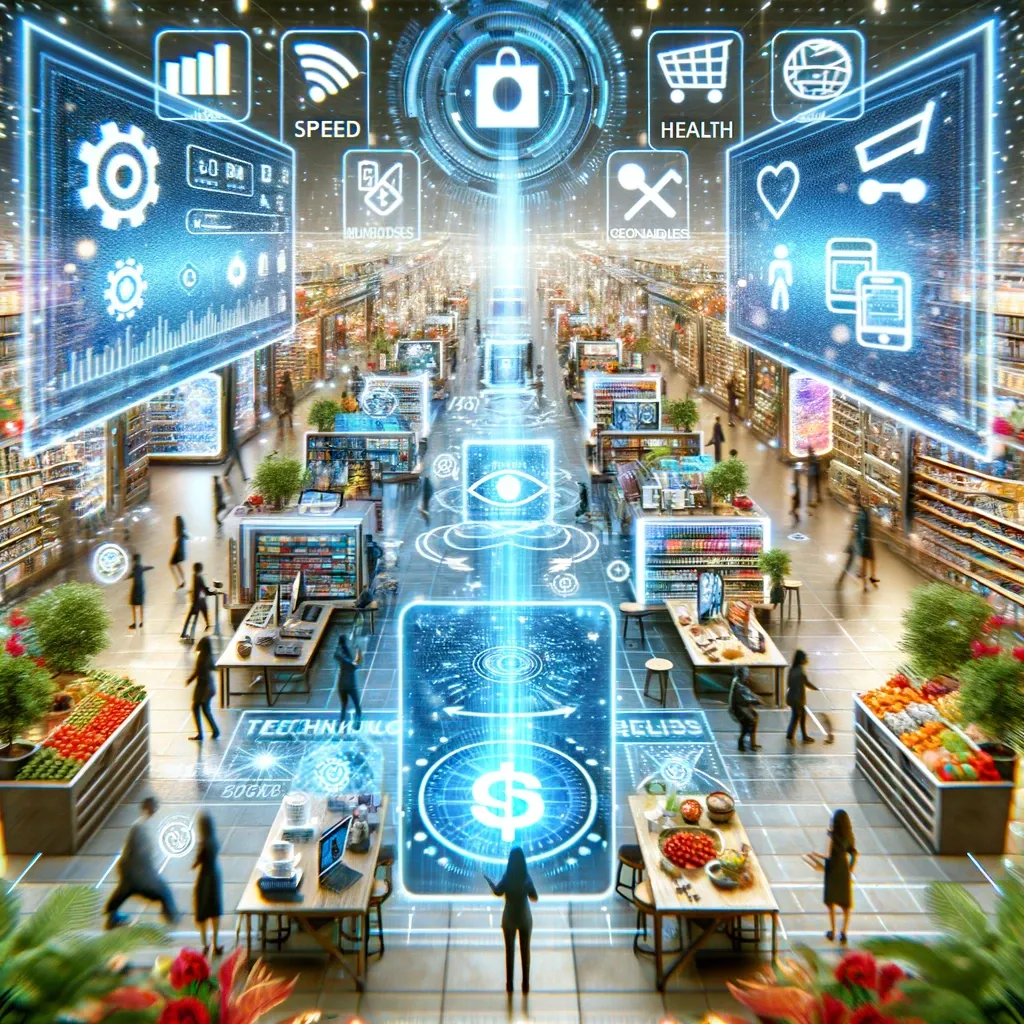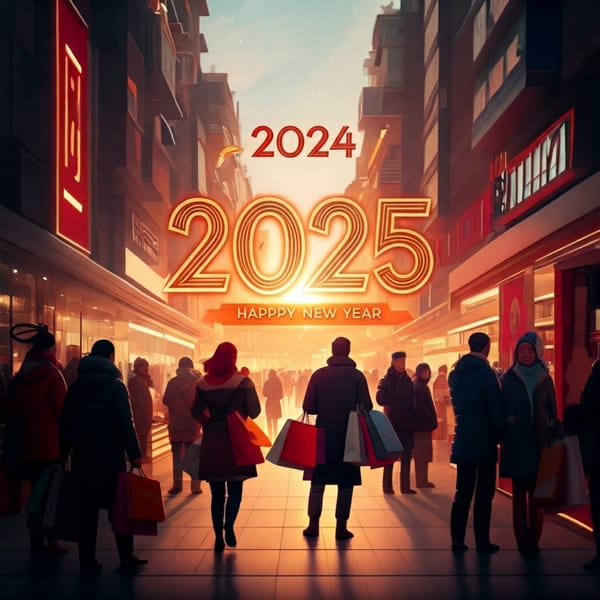Navigating the Future of E-commerce Post-Pandemic

The COVID-19 pandemic has accelerated the shift towards e-commerce, a trend that is here to stay. As we move forward, understanding the evolving landscape of online shopping is crucial for businesses aiming to thrive in this new normal. This article explores the changes in consumer behavior post-pandemic and offers strategic insights for e-commerce businesses.
Impact of the Pandemic on E-commerce
The pandemic has led to a significant increase in online shopping, with consumers prioritizing convenience, safety, and speed. According to a report by Adobe Analytics, online spending in the U.S. surged to $813 billion in 2020, a 42% increase from 2019. This shift has not only affected retail but also expanded to groceries, pharmaceuticals, and more.
Changes in Consumer Behavior
- Increased Value on Convenience: Consumers now expect seamless online shopping experiences, from browsing to delivery.
- Higher Expectations for Speed: With the rise of same-day delivery services, speed has become a critical factor in customer satisfaction.
- Focus on Health and Safety: Products that promote health, wellness, and safety have seen a surge in demand.
Adapting Business Models for the Future
To stay competitive, businesses must adapt their strategies to meet these new consumer expectations. This includes:
- Investing in Digital Transformation: Enhancing online platforms and adopting new technologies for a frictionless customer experience.
- Omnichannel Strategies: Integrating physical and online shopping experiences to offer consumers flexibility.
- Sustainability and Ethical Practices: Prioritizing sustainability in operations and products to meet consumer expectations for ethical practices.
Predictions for the Future
The future of e-commerce will likely see continued growth in online shopping, further integration of AI for personalized experiences, and the rise of virtual shopping technologies. Businesses that anticipate these trends and adapt accordingly will be well-positioned for success.
FAQs
- How can small businesses compete in the e-commerce space post-pandemic?
- Focus on niche markets, offer exceptional customer service, and leverage social media for marketing.
- What technologies are shaping the future of e-commerce?
- AI and machine learning for personalization, AR/VR for virtual try-ons, and blockchain for secure transactions.
- How important is sustainability in e-commerce?
- Increasingly crucial, as consumers are more conscious of their environmental impact and favor brands that align with their values.
Conclusion
The e-commerce landscape post-pandemic presents both challenges and opportunities. By understanding and adapting to changes in consumer behavior, investing in technology, and embracing sustainability, businesses can navigate this new era of online shopping and achieve lasting growth.
Let's create a featured image that encapsulates the dynamic world of e-commerce post-pandemic.




